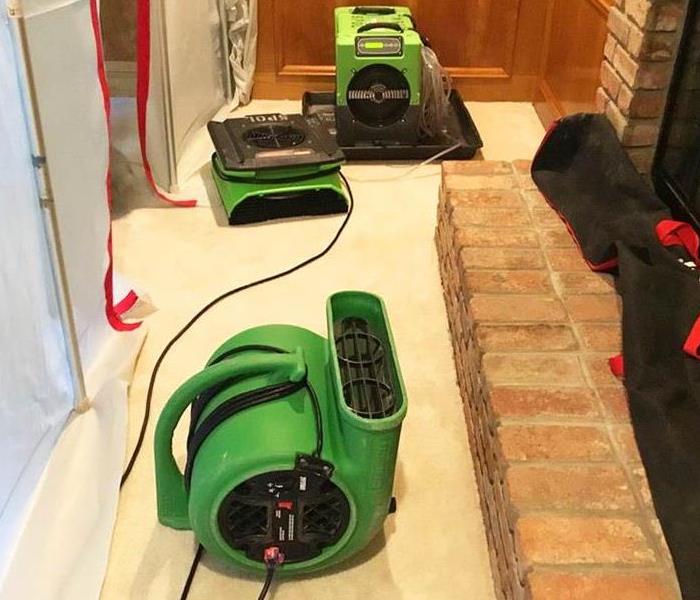4 Factors That Affect the Cost of Water Damage Repairs
8/19/2020 (Permalink)
If you live in an area that is prone to adverse weather conditions like Kansas City, water damage is a real possibility. If this happens, repairing it right away is a must. Finding the underlying cause of water damage and addressing the problem is just half the battle.
The other half of this is mitigating the damages that have occurred. Sometimes, the extent of the water damage is misleading when looking at the outside surface but, in some cases, the water will seep into the deeper materials in your home or building. Because of the unique nature of water, the damage that occurs can result in costs that range from high to low. Some of the top factors that affect the price of water damage mitigation can be found here.
Understanding the factors that impact water damage will help you know what to expect when it comes to restoring your property.
1. The Size of the Area Affected
Just as you may expect, the bigger the damaged area is, the more costly it will be to fully repair. It will take more time, manpower, and materials to fix a whole room that is flooded compared to just a few square feet of damage. However, this is not the only factor that impacts the cost of the process. Some of the other factors found here will begin to add up. This may result in even a small area coming with varying costs.
2. If Water is Still Present in the Area
If water is still present, it should be removed right away to prevent additional home deterioration. This can be achieved by using both truck-mounted and portable extraction units, sump pumps and once all of the standing water is removed air movers and dehumidification equipment will help complete the drying process. Removing the excess water reduces the time needed to complete the drying process as there is less moisture to evaporate. Once the bound moisture within the building materials is dry, reconstruction can begin. can begin.
3. Damaged Materials
Depending on what was affected by the water, the mitigation costs will vary. For example, sometimes porting holes behind the baseboard vs. removing the affected drywall can save time and money to get you back into that area of your home and business. Removing drywall unnecessarily can be more costly as it requires additional services to be performed and a longer time to reoccupy the space. Another important factor to consider that will impact the mitigation cost is the materials that must be repaired or replaced.
4. The Type of Water Present
The water that caused the damage also comes into play. The varying classifications of the category of the water are always important to understand as with some types of water such as a sewer back up many materials have to be replaced for health and safety reasons. This also results in a higher cost. The worst case would be black water, which is sewage water that has come in contact with human waste. Grey water is water that has been used for dishes or showering, but not sewage. Mitigating issues related to black and grey water than a clean water source is usually more expensive because the area must be treated for contaminants.
As you can see, there are several factors that may impact the cost of water mitigation and repairs. The best way to know for sure is by getting in touch with the professionals at SERVPRO of Kansas City Midtown.





 24/7 Emergency Service
24/7 Emergency Service
